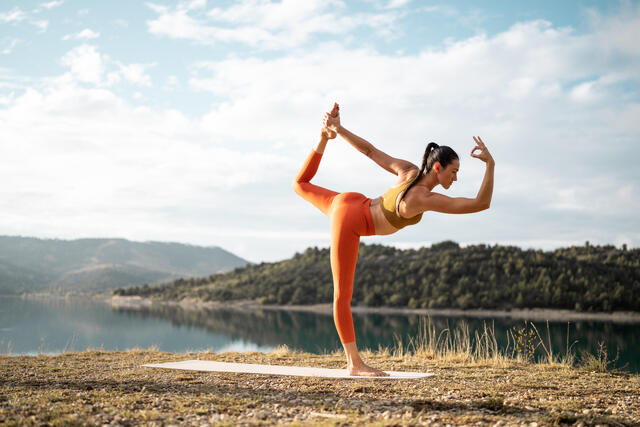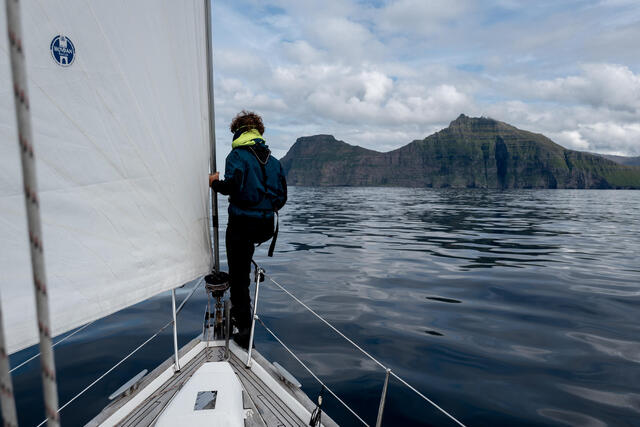What Wetsuit Thickness Do I Need?
The thickness of a wetsuit determines its thermal properties and flexibility. The thicker the neoprene, the warmer and less flexible the wetsuit is. So when you buy a wetsuit, make sure you have the right balance of thickness and flexibility. Choosing a warm enough wetsuit is crucial, and there isn’t a one-size-fits-all when it comes to the variety of conditions you could be swimming or surfing in.
The shorty you bought for your holiday in Australia will not keep you warm enough in Cornish waters. Not only will the cold put you at greater risk of injury, as muscles, ligaments, and tendons are more prone to damage when they’re cold, but such temperatures can also endanger your life.
The wetsuit thickness is always given in millimetres, with the specification usually made up of two numbers. For example, a wetsuit with a thickness of 5/3mm means that the neoprene has a thickness of 5mm around the torso and 3mm around the arms and legs. Most wetsuits have a difference of 1-2mm because it's important to have greater protection on the body to keep your vital organs warm. Whereas your arms and legs need flexibility to be able to move efficiently.
Occasionally you will see three numbers, for example, 5/4/3, with the middle number referring to the thickness of the legs and thighs for a bit of extra warmth. Take a look at our wetsuit thickness guide to see what thickness is required for what temperature.





































